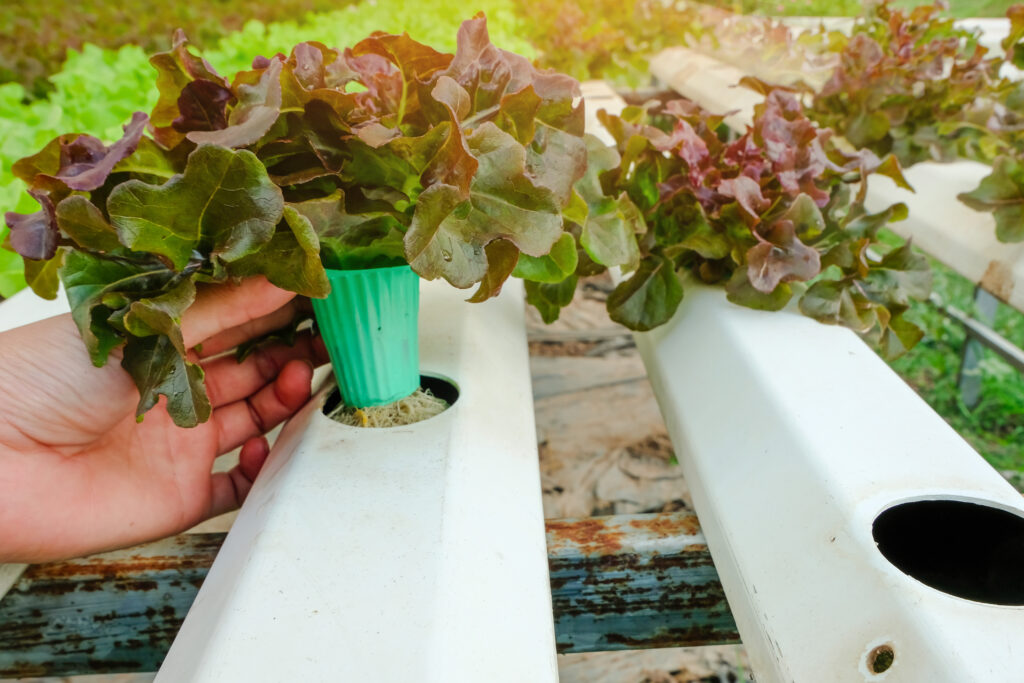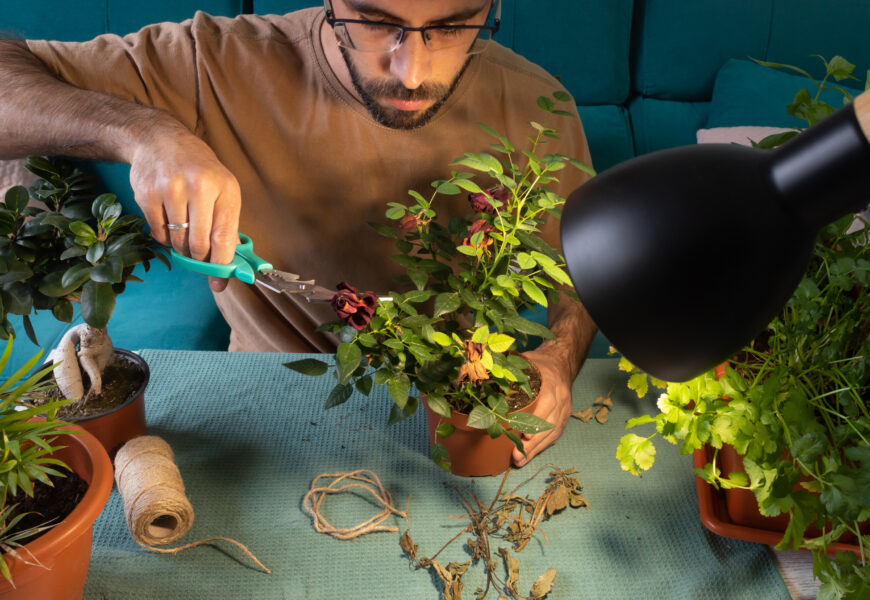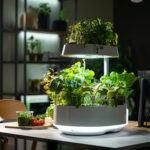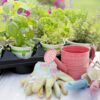Getting fresh, home-grown produce doesn’t have to be expensive. Hydroponic gardening on a budget is now within reach for both experts and beginners. The hydroponics industry is growing fast, at 6% a year. This shows that budget hydroponic gardening is becoming more popular and affordable.
Starting a hydroponic garden doesn’t mean spending a lot of money. In fact, most beginners start with affordable hydroponic grow kits. These kits are cheaper by 30-50% than buying parts separately. They make gardening easy and have made 90% of users happy.
This article will show you how to start your hydroponic garden without spending a lot. It will prove that you don’t need a lot of money to grow your own food.
Understanding the Basics of Affordable Hydroponics
Starting with hydroponic gardening lets you grow plants faster and more efficiently. By learning about cost-effective hydroponics, gardeners can enjoy their hard work without the usual soil problems.
Hydroponic gardening feeds plants with a nutrient-rich water solution, skipping soil. This method makes plants grow up to five times faster than in soil. It also uses less water by recycling it. Plus, using energy-efficient LED lights helps with sustainable living.

For newbies, starting with a simple system like Deep Water Culture (DWC) is a good idea. It’s easy and efficient, great for growing leafy greens and herbs like Lettuce, Basil, and Parsley. Using a cost-effective hydroponics method like the Kratky approach also helps save money and time.
Buying pre-assembled hydroponic kits from trusted brands like Aerogarden makes things easier. These kits are reusable, offering great value over time. For those who like building things, making a hydroponic system with five-gallon buckets and a solar pump can be fun and cost-effective.
To keep plants thriving, check the pH levels and balance the nutrients. Usually, 2ml per liter of dual-part nutrients is best for healthy growth. Regular checks and tweaks keep the system perfect for plants.
In short, cost-effective hydroponics combines tech with nature for the best results. By following these basics and tips, even beginners can turn their homes into lush gardens.
Starting Your Hydroponic Garden for Less Than $150
Starting a hydroponic garden doesn’t have to be expensive. With the right tools and a plan to save money, you can create a garden for under $150. Essential tools like drills, hole saws, and an X-Acto blade are key, but you can find them cheaper by borrowing or buying used.
Start with the basic system, which includes a solar water pump to use daylight and save energy. Use a five-gallon bucket as a water reservoir and smaller buckets with lids for each plant. These items are often cheaper at local hardware stores, helping you save money on your cheap hydroponic setup. Also, buy plastic grow baskets, silicone tubing, and hydroponic plant food in bulk to cut costs.
Using Rockwool grow plugs and leafy green seeds is a great start for your plants. This method keeps costs low and uses resources efficiently, which is great for those with limited funds.

Hydroponics is not only affordable but also uses less water than traditional farming, saving up to 90%. It also produces more food per area, making it a smart investment for the future.
Keeping your hydroponic system clean is key. Change the nutrient solution every two weeks to prevent plant damage. While there are some ongoing costs, like grow lights, the energy and resource use is still lower than traditional farming. Knowing how to manage these costs helps you save money on hydroponics over time.
In conclusion, starting a hydroponic garden for less than $150 is a smart choice. It’s affordable and supports sustainable gardening. By choosing a cheap hydroponic setup, you get to enjoy all the benefits of hydroponics without a big upfront cost.
The DIY Hydroponic Setup: A Step-by-Step Guide
Starting a DIY hydroponic garden is both rewarding and budget-friendly. You’ll need less than $150 worth of materials to begin. This includes a five-gallon bucket for the reservoir and several one-gallon buckets with grow baskets for your plants.
First, attach the pump to your main reservoir, the five-gallon bucket. This pump is key for moving water and nutrients to your plants. Connect the pump to each smaller bucket using silicone tubing and barb fittings. This setup keeps the water flowing well, preventing stagnation and supporting healthy roots.
Where you place your buckets matters. Make sure each plant gets enough light and space. Adding an air pump and air stones can boost oxygen levels, which is good for roots and nutrient uptake. But start small and grow your system as you learn more about hydroponic gardening tips.
Being cost-effective isn’t just about setting up your garden. Regular maintenance is key. Refill and fertilize your plants every other time to keep them growing well. Hydroponic nutrients are different from soil fertilizers, often needing more trace minerals.
DIY setups can be tailored to your needs, but companies like Modern Sprout offer great starter systems. These systems work well and look good, perfect for small spaces in the city that might not fit a big garden.
In summary, creating a DIY hydroponic system is a fun and rewarding project. It’s affordable and can change how you garden in the city. Just follow some key hydroponic gardening tips to get started.
Budget Hydroponic Gardening: Sourcing Affordable Supplies
Finding cost-effective hydroponics supplies is easy with the right tips and knowledge. Start by checking out local hardware stores. They usually have good prices on things like buckets, pumps, grow baskets, and tubing. These items are key for a working hydroponic setup without spending too much.
Choosing the right growing mediums and nutrients also affects the cost. You can pick from rockwool, coconut coir, and perlite, each with its own price and benefits. By comparing them, you can find the best fit for your budget and needs. Also, look for sales, discounts, and bulk deals to save more on hydroponic gardening.
Don’t forget to use what you already have. Many people find they already have some hydroponic parts, like buckets or tubing. Using these can save money, especially if you’re just starting or experimenting.
Online shopping can also lead to good deals on nutrients and special hydroponic gear. But remember to consider shipping costs, as they can add up. Online forums and community boards are great for finding the best deals and values in cost-effective hydroponics.
The secret to saving money on hydroponics is to research well, shop smart, and be creative with what you have. Following these tips, you can create a successful hydroponic garden that’s both productive and budget-friendly.
Optimizing Your System for Sustainable Growth
Embracing sustainable hydroponic gardening benefits your wallet and the planet. By optimizing your hydroponic setup, you can see growth rates up to 50% faster than traditional farming. This is done using just 10% of the water needed in traditional farming. Systems like the nutrient film technique (NFT), deep water culture (DWC), and aeroponic setups are key to this success. They keep plant roots in nutrient-rich solutions for better absorption and growth.
For sustainable success in hydroponic systems, careful monitoring and upkeep are crucial. You need to check the water quality, adjust nutrient levels, and keep the pH right. Also, watch the light, temperature, and humidity to create the best conditions for your plants. Using organic pesticides and natural algae control methods is also vital for sustainable growth and ecological balance.
The materials you use, like rockwool and coconut coir, are crucial for your hydroponic garden’s success. They help with water flow and nutrient delivery without harmful chemicals. Regular tasks like pruning and cleaning your system are key for plant health and yield. By following these best practices, even those starting with budget-friendly setups can maintain efficient, efficient hydroponic systems. This way, your garden not only feeds you but also helps our planet.





